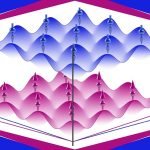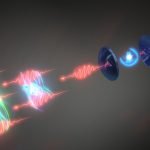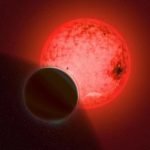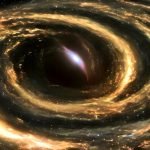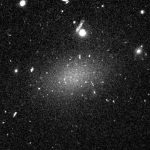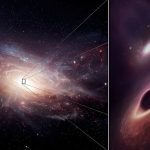Scientists use lasers to recreate twisted superconducting material
Scientists have created a way to use lasers to “simulate” a material that physicists have been drooling over for its potential technological applications for years.
Scientists open door to manipulating ‘quantum light’
Scientists have demonstrated the ability to manipulate and identify small numbers of interacting photons – packets of light energy – with high correlation.
Scientists detect neutrinos made by particle collider for first time
In a scientific first, a team led by physicists at the University of California, Irvine has detected neutrinos created by a particle collider.
Physics theory could be slam dunk for basketball coaches
A physics theory that’s proven useful to predict the crowd behavior of molecules and fruit flies also seems to work in a very different context – a basketball court.
This special atom could help search for Universe’s building blocks
An unusual form of caesium atom is helping a University of Queensland-led research team unmask unknown particles that make up the Universe.
Dr Jacinda Ginges,...
Scientists discover an unusual planetary system that challenges current theories
Scientists discover an unusual planetary system in which a large gas giant planet orbits a small red dwarf star called TOI-5205.
Scientists find link between black holes and dark energy
Researchers have uncovered the first evidence of “cosmological coupling”—a newly predicted phenomenon in Einstein’s theory of gravity, possible only when black holes are placed inside an evolving universe.
How do small PAH molecules survive in space
A new study provides an answer to the question: How do small PAH molecules survive in space?
Scientists discover galaxy that’s almost entirely dark matter
Astronomers have discovered a galaxy with very little or no stellar mass.
Galaxies like these are called ‘dark galaxies.’
It contains clouds of gas but very...
Scientists detect a black hole table for two
Astronomers have discovered a galactic table for two—a pair of unusually close black holes that are feeding together after their respective galaxies collided.

